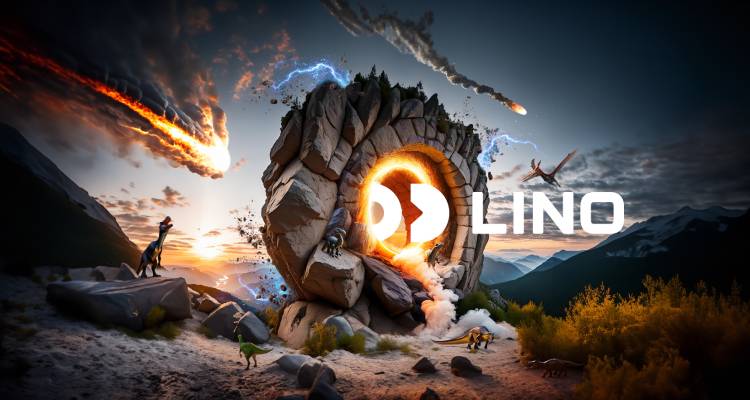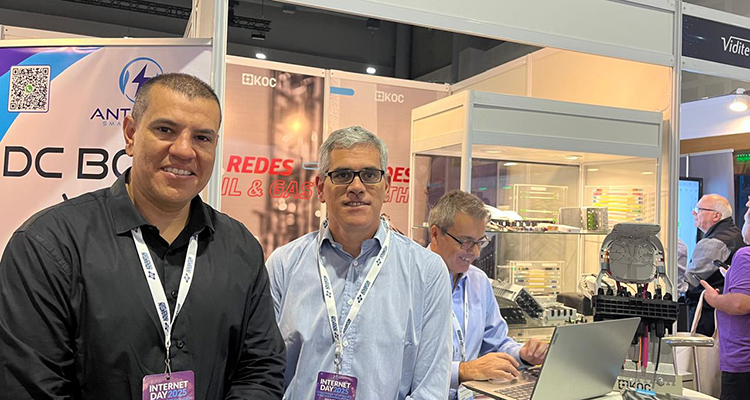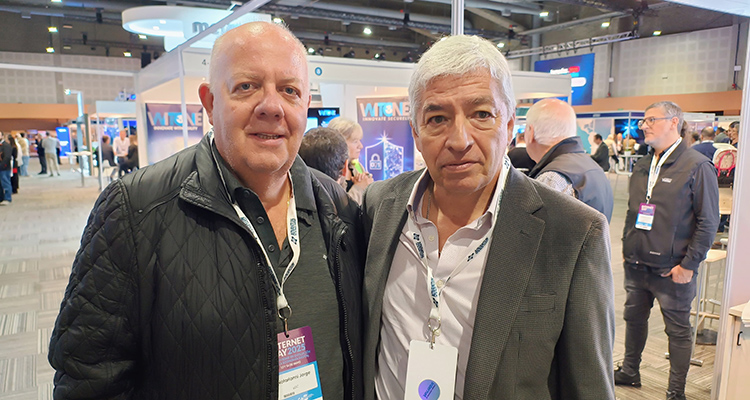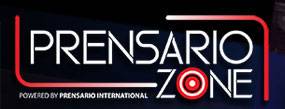
Zero Density announced the template-based broadcast graphics workflow. This workflow will enable broadcasters to create and control virtual studios, AR and XR through templates, in addition to on-air graphics using a single, seamless solution.
Zero Density introduced Unreal Engine to broadcasters for virtual studio production a decade ago and now elevates on-air graphics production using Unreal Engine. The Zero Density team continues to deliver future-proof Unreal Engine-based technology to broadcasters worldwide with template-based workflow for on-air graphics, video walls, stingers, virtual studio, and AR – all using Unreal Engine 5.
Unlock innovation, familiar workflow
Lino workflow enables template-based graphics playout for all broadcast graphics whether 2D/3D or virtual without switching between separate platforms. This means fast turnaround graphics using Unreal Engine and more time for creativity in addition to accommodating last-minute changes on news, weather or sports shows on pre-rendered clips.
With the familiar workflows and interface, motion graphics designers can utilize their existing skill set and start creating content within days with Unreal Engine 5, without prior game engine knowledge.
One platform for all broadcast graphics
Currently, there are separate tools to create, produce and operate different types of graphics like AR graphics, stingers, leaders, and outros with varied software requirements. However, Zero Density offers optimized resource use as broadcasters no longer need separate tool sets for virtual studio production and on-air graphics. Reality5 ensures that all graphics—from AR elements to lower-thirds—adhere to brand guidelines, maintaining visual consistency across platforms and broadcasts.
This unified platform reduces infrastructure complexity and streamlines workflows, delivering high-quality 2D/3D visuals quickly in the upcoming post-Lino workflow era of the broadcast graphics industry.
State aware AR graphics with transition logic
Reality5 brings state awareness to AR graphics with transition logic, setting it apart in the industry. Now, broadcasters can extend the same state-aware logic used in on-air graphics to AR, ensuring dynamic, automated transitions across all broadcast graphics.
By combining state-aware graphics with transition logic, Zero Density streamlines live production, reducing operator workload while ensuring flawless execution. Automated updates with the changed states and intuitive transitions allow broadcasters to focus on storytelling, making high-pressure live shows more efficient.
The state aware broadcast graphics with transition logic ensure a clean, uninterrupted viewing experience, enhancing broadcast quality and keeping audiences engaged.
Preview opportunity at NAB Show 2025
Zero Density will showcase the preview of this workflow at NAB Show 2025. Zero Density’s Booth SL4223 will host valuable executives of the industry for Exclusive Talk Sessions throughout the show. In addition, Happy Hours on April 6 and 7, at 5 pm will give attendees a space to relax after a busy day.
For a more personalized experience, attendees can book a meeting with Zero Density here.
For those who won’t be attending the NAB Show, Zero Density is organizing a fully virtual PostNAB Live webinar on May 22, Thursday to showcase the highlights of the booth. The virtual webinar has two timing options, 10 AM CET and 9 AM PT to accommodate different time zones. Registrations to the webinar are available here.




